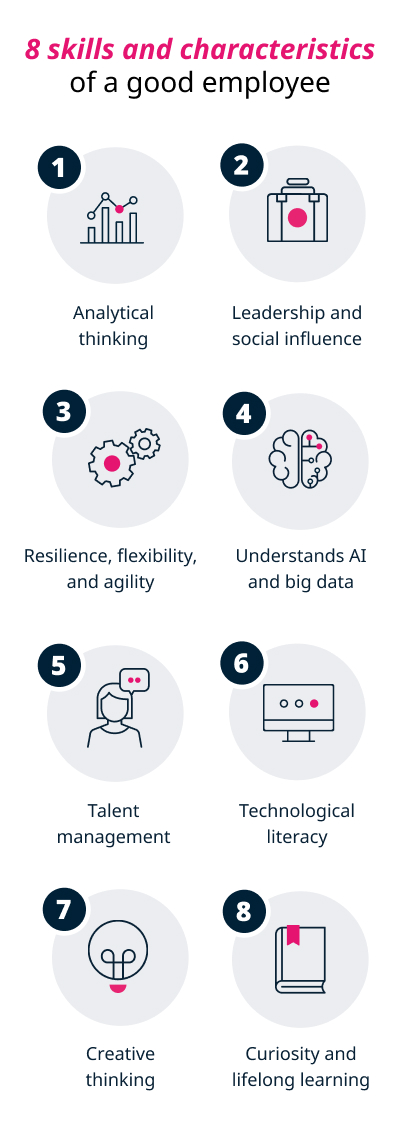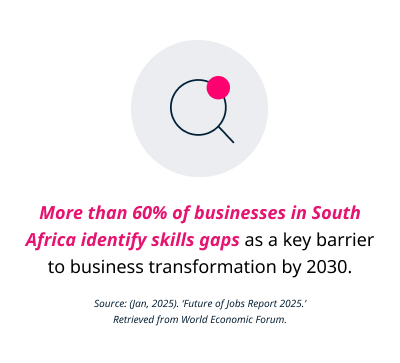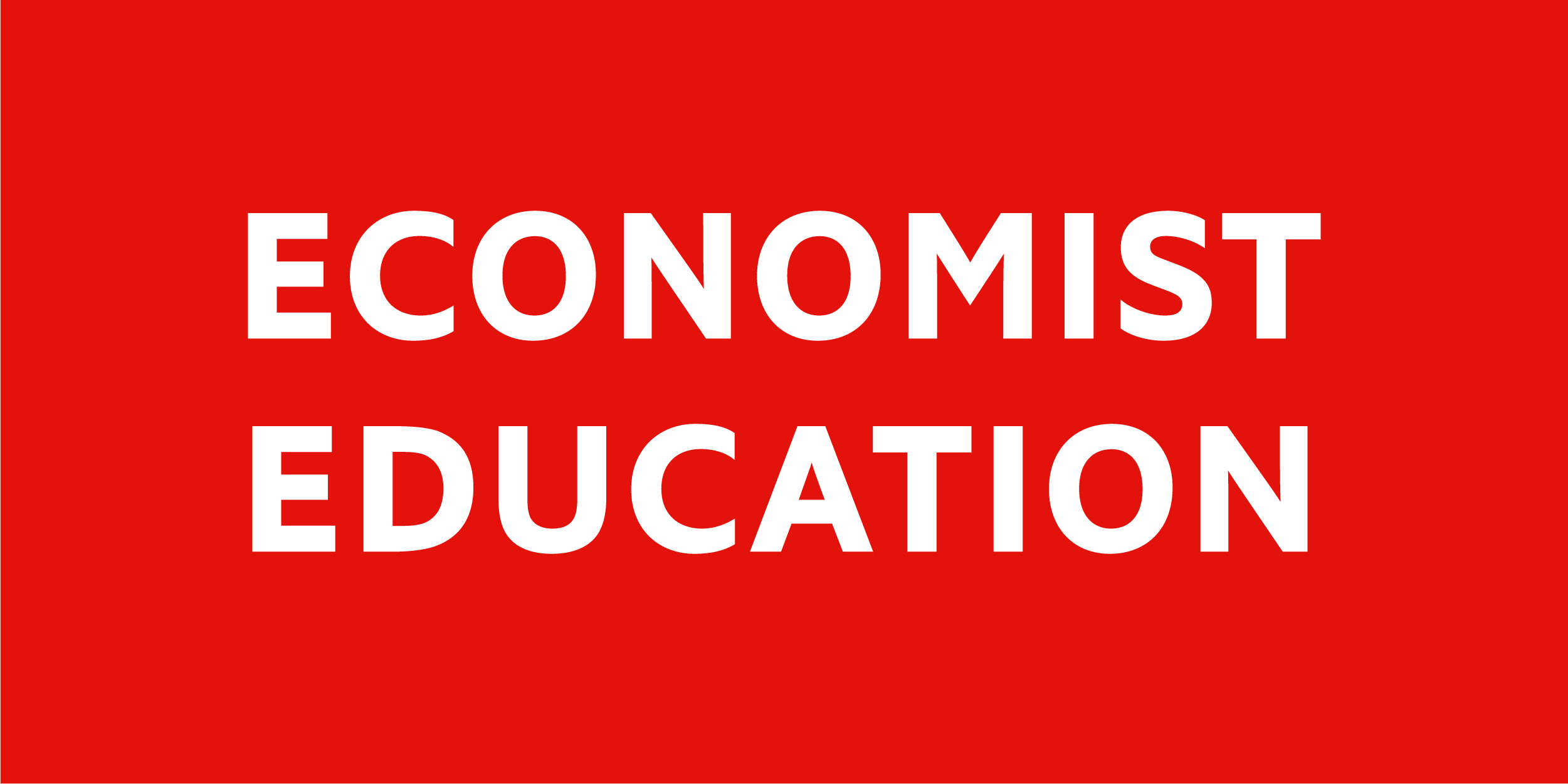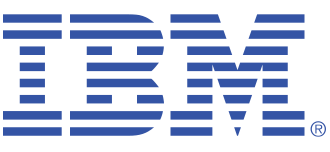What are the characteristics of a good employee?
It’s a given that businesses want to hire and retain the best employees in their field, but being a ‘good employee’ means more than just showing up on time and completing your tasks.
Recruitment or human resources (HR) managers know how difficult it is to find good employees; candidates either lack certain skills or they won’t fit in with the company culture. Business owners often focus on technical skills alone and don’t assess the qualities and characteristics that make up the ideal employee. This could end up adversely affecting culture, productivity, and may even protract training efforts.
Regardless of the industry or nature of the job, there are certain key qualities that hiring managers in all kinds of industries might look out for if they want their employees to succeed in the business world.
Key takeaways
- Both soft skills and hard skills are important for a good employee.
- The top core skills sought by employers in 2025 include analytical thinking, leadership, resilience, AI and big data, and talent management.
- Employee training and development can be a practical solution to address skills gaps in the current workforce.
What skills are employers looking for?
Both soft skills and technical skills, or hard skills, are equally important in an employee. Soft skills include the social expertise, personality and character makeup, communication skills, emotional intelligence, influence, and approach to work that an employee shows.
These serve to complement the hard skills — those abilities that have been learned and can be measured and quantified — and can make an employee more of an asset to a company.
The World Economic Forum’s 2025 Future of Jobs Report surveyed employers around the world to explore the exact skills and characteristics sought after. Some skills are seen as requirements for workers, deemed ‘core skills.’
In South Africa, core skills include analytical thinking, leadership, and resilience.
Top 5 Core Skills in 2025, South Africa1
| Skill | % of employers who consider this a core skill |
|---|---|
| Analytical thinking | 66% |
| Leadership and social influence | 61% |
| Resilience, flexibility, and agility | 61% |
| AI and big data | 55% |
| Talent management | 53% |
Globally, the top skills differ slightly. For example, 62% of employers in the UK identified creative thinking as a core skill in 2025. Other skills include motivation and self-awareness, technological literacy, and empathy and active listening.
Other skills were identified as ‘skills on the rise.’ These are skills employers expect to increase in importance over the next five years. In South Africa, top ‘skills on the rise’ include AI and big data, technological literacy, and resilience.
Top 5 Most Increasing Use Skills by 2030, South Africa2
| Skill | Net increase in % of employers who think skill will grow |
|---|---|
| AI and big data | 82% |
| Technological literacy | 82% |
| Resilience, flexibility, and agility | 75% |
| Networks and cybersecurity | 74% |
| Creative thinking | 71% |
8 skills and characteristics of good employees
Here are some of the top skills and characteristics of a good employee, combining today’s core skills and tomorrow’s sought-after skills in South Africa and around the world:

1. Analytical thinking
Analytical thinkers can break down complex problems and emerge with logical, data-driven decisions.3 These employees can find meaningful connections in data and help identify cause and effect relationships between data. Seven out of 10 companies consider it an essential skill in 2025, making it the most sought after quality in the World Economic Forum’s survey.4
Companies generate massive amounts of data, and employees who can analyze it effectively are invaluable. This skill leads to better strategies, more efficient processes, and a deeper understanding of business challenges.
Examples of analytical thinking in the workplace:
- Reviewing customer feedback to pinpoint areas for product improvement
- Using A/B testing results to optimize a website’s user experience
- Breaking down a complex project into smaller, manageable tasks
2. Leadership and social influence
Leadership comprises a variety of skills that help create a sense of collective direction, confidence, and strategy. Good leaders can also wield their social influence to positively influence their team’s attitudes and behavior.5 Even without formal authority, these employees can build trust and push organizations towards a common goal.
Emotional intelligence plays an important role in these traits, too. Strong leaders are also compassionate and encouraging of others.
Examples of leadership and social influence in the workplace:
- Mentoring a new hire and helping them acclimate to the team
- Stepping up to resolve a team conflict constructively
- Leading a brainstorming session
Online leadership courses can help you develop specific management and interpersonal skills, such as conflict resolution and communicating for influence.
3. Resilience, flexibility, and agility
Resilience, flexibility, and agility include a variety of traits that center around bouncing back from setbacks, adapting to changing circumstances, and quickly navigating new challenges.6 Despite the stressors of the workplace, which could include anything from demanding economic conditions to rapidly shifting priorities, employees with these skills maintain their composure, efficiency, and problem-solving mentality.
Examples of resilience, flexibility, and agility in the workplace:
- Taking on a new role and responsibilities with a positive attitude
- Prioritizing tasks into a system based on what needs immediate attention
- Anticipating potential challenges and preparing contingency plans
4. AI and big data
Those who understand AI and big data know how to use technical tools to gain insights and automate tasks. It’s not just for data scientists; it’s about being literate in these technologies to improve your work.
Becoming comfortable with these tools will likely be necessary to keep up with shifting workflows and expectations: More than half of all LinkedIn members stand to see their jobs change in some way due to generative AI.7 Employees that have the technical know-how to engage with AI and big data tools deeply could be critical for companies that want custom solutions for their projects.
Examples of AI and big data knowledge in the workplace:
- Apply a machine learning model to predict customer churn
- Using a business intelligence dashboard to create a dashboard that tracks key metrics
- Writing an algorithm to automate a repetitive data entry task and save time
Online artificial intelligence courses can help you prepare for a changing workforce and expectations.
5. Talent management
Talent management is about attracting, developing, and retaining great employees.8 Workers with good talent management skills don’t need to work in HR to be positive forces in this area.
For managers, talent management could include the specific responsibilities that come with having direct reports — guiding professional development, onboarding new staff, and completing performance review, for example.
But even non-managers can exhibit talent management skills by helping cultivate an environment that rewards and supports talent.
Examples of talent management in the workplace:
- Helping to onboard a new employee and introducing them to the company culture
- Identifying an employee’s strengths and recommending them for a project where they can shine
- Establishing professional development goals with an employee and giving them time during the workday to pursue them
6. Technological literacy
Technological literacy is the ability to effectively learn and leverage technology to solve problems and complete tasks. It extends beyond basic computer functionality to include things like new software, digital platforms, and online tools.9 Tech literate employees also demonstrate agility and speed when picking up new technical tools.
There are new technologies surfacing in the workplace constantly, but the most important tools in a few years may be things we don’t even know about yet. Businesses need employees who can not only adapt to rapidly developing tools, but help others do the same.
Examples of technological literacy in the workplace:
- Mastering a new project management software like Asana or Trello
- Troubleshooting a minor software issue on your own
- Discovering new technical tools that you can apply to your team’s workflow
7. Creative thinking
Creative thinking is the ability to come up with unique, innovative solutions to problems. In the workplace, a creative thinker can help challenge the status quo and improve products, processes, and services.10
Not all people are born creative, but creativity is a skill that can be learned through experimentation, imagination, questions, collaboration, and information processing.
Examples of creative thinking in the workplace:
- Proposing a new feature for a product to meet a customer need
- Discovering a new way to measure an initiative’s success
- Finding a low-cost solution to a budget constraint
8. Curiosity and lifelong learning
Curiosity and lifelong learning represent a desire to continuously seek out new knowledge, ask questions, and improve your skills.11 These employees have a proactive mindset that drives their own professional growth.
Curiosity is also fundamental to project success: asking questions early and often can help identify hurdles before they happen and opportunities for improvement. When employees ask ‘why?,’ they can form a deeper understanding of their work.
Examples of curiosity and lifelong learning in the workplace:
- Taking an online short course to learn a new skill relevant to your job
- Seeking out feedback from managers and peers to identify areas for professional development
- Reading industry reports to stay informed about the latest trends
Recruiting vs. training
All over the world, businesses are seeing skills gaps emerging. In South Africa alone, more than 60% of businesses identify skills gaps as a key barrier to business transformation by 2030.12
One possible solution is training existing employees to become proficient in new skills – both hard and soft — and in turn creating ‘good employees.’ This also means that a new approach is needed when recruiting. Hiring employees who show potential to be further skilled and who display some of the qualities listed above may be an effective tactic.

Given that top talent is likely to become more and more scarce and in demand, employee training and development might well be the best and most practical solution.
Knowing what skills and characteristics to look out for, in existing employees as well as when recruiting new employees, will ensure that these desired qualities are nurtured and developed throughout the business, regardless of the job title or function. The skills of a good employee reach beyond technical acumen and business experience. While these are important to get the job done, how these tasks are carried out, and the interactions with other team members, are indicative of the attitude, approach, mindset, and adaptability of a good employee.
GetSmarter can guide you as your learning partner, and help your business to create a tailored upskilling plan to meet your unique needs.
[Empower your team with the right skills]
- 1 (Jan, 2025). ‘Future of Jobs Report 2025.’ Retrieved from World Economic Forum.
- 2 (Jan, 2025). ‘Future of Jobs Report 2025.’ Retrieved from World Economic Forum.
- 3 (May, 2025). ‘Analytical Thinking vs. Critical Thinking (Plus Jobs that Use Them).’ Retrieved from Indeed.
- 4 (Jan, 2025). ‘Future of Jobs Report 2025.’ Retrieved from World Economic Forum.
- 5 (Aug, 2025). ‘Skill 9: Leadership and Social Influence.’ Retrieved from LinkedIn.
- 6 Haig, D. (Sep, 2024). ‘Resilience, Flexibility, and Agility.’ Retrieved from Executive Support Magazine.
- 7 (Nov, 2023). ‘Future of Work Report: AI at Work.’ Retrieved from LinkedIn Economic Graph.
- 8 (May, 2023). ‘What Is Talent Management?’ Retrieved from McKinsey and Company.
- 9 (Aug, 2024). ‘What Is Technology Literacy?’ Retrieved from Sphero.
- 10 Kaplan, Z. (Jun, 2023). ‘What Is Creative Thinking? Definition and Examples.’ Retrieved from Forage.
- 11 (May, 2025). ‘Curiosity: An In-demand Skill that More Employers Want in Workers.’ Retrieved from Skillsoft.
- 12 (Jan, 2025). ‘Future of Jobs Report 2025.’ Retrieved from World Economic Forum.


